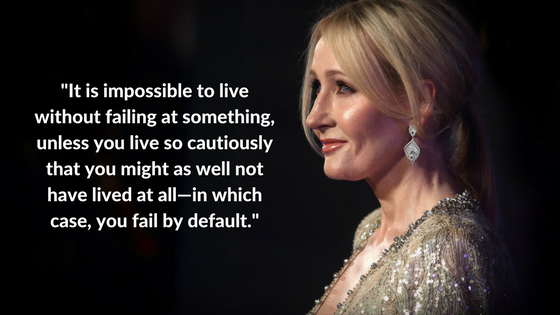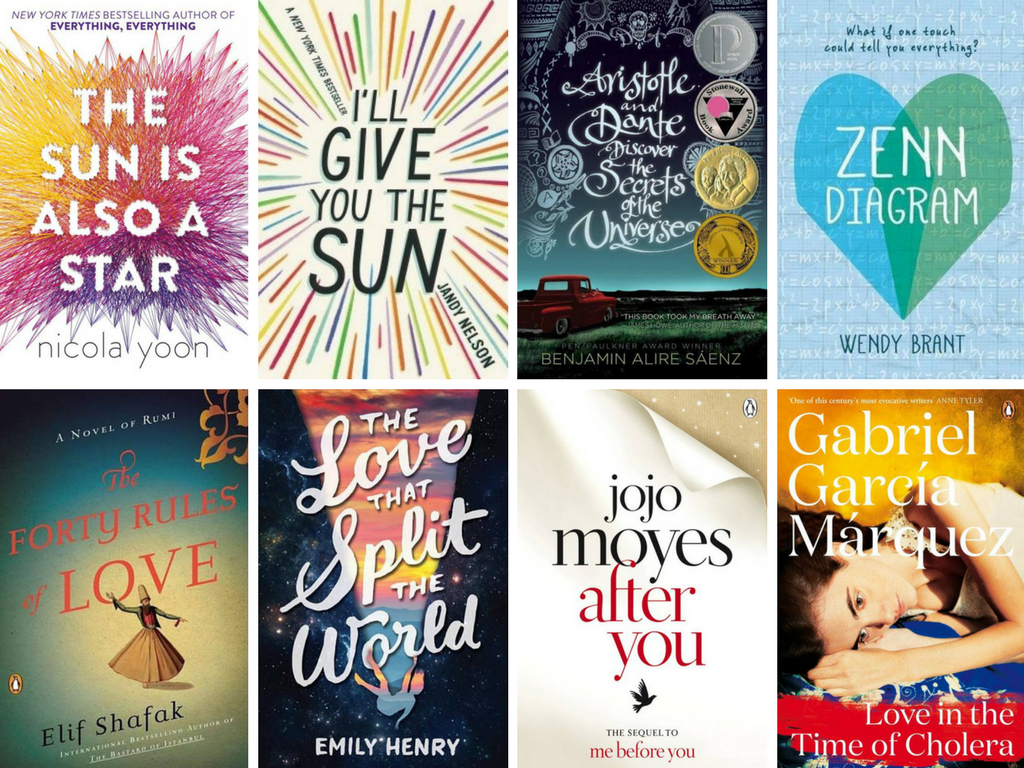Q.1) You started your writing journey with daily quotes—how did that evolve into full-fledged books?
It all started with a simple intention during the COVID days to add a little positivity to the world. With so much negativity around, I began writing daily quotes filled with hope, gratitude, and the simple joys of life. I didn’t expect much, but soon, people started noticing. Friends, professors, and even strangers told me how my words had become a part of their mornings. That encouragement pushed me to write more.
As I continued, I realized that short quotes weren’t always enough. There was so much more I wanted to express, thoughts that needed more space to unfold. That’s when I turned to blog writing, exploring deeper topics and pouring my emotions into longer pieces. Writing became an escape, a way to make sense of my own thoughts.
At the same time, I became a voracious reader, sometimes finishing 450-page books in just three days. The more I read, the more I understood the power of storytelling and the impact words could have. Slowly, a thought crept in: What if I wrote something bigger? Something that truly made a difference?
That’s when the idea of writing a book took shape. But it wasn’t easy. Self-doubt crept in; I wasn’t sure if I could complete an entire manuscript. But step by step, word by word, I did. When I finally published my first book, I realized that what had started as a few daily quotes had grown into something much bigger: a passion, a purpose, and a journey that continues today.
Q.2 ) How to Treat Her Right is your third book. How has your writing style and perspective evolved since your first book?
I feel there has been a huge shift in both my perspective and writing style over the last few years. From the time I published my first book to now, as I release my third, so much has changed: new experiences, lessons from life, and, of course, a lot of reading.
In my first book, I was new, unpolished, and had no experience of how to even write a book. I was simply writing with passion, without fully understanding the technicalities of storytelling, structure, or reader engagement. It was raw, straight from the heart, but lacked the refinement that comes with experience.
Over time, as I read more and wrote more, my perspective deepened. I started understanding what makes a book truly connect with readers, the power of emotions, the flow of words, and the importance of crafting a narrative that feels both personal and impactful.
By the time I reached How to Treat Her Right, I had evolved as a writer. My writing became more structured yet natural, my storytelling more immersive, and my ability to express emotions sharper. I learned how to balance practical advice with engaging storytelling, which is something I focused on heavily in this book.
Most importantly, my perspective on relationships also evolved. Life teaches through experience, and those lessons are reflected in my writing. With this book, I didn’t just aim to share knowledge. I wanted readers to feel every word, relate to the struggles, and find real, actionable ways to build stronger connections.
So, if my first book was about discovering my voice and my second about refining it, How to Treat Her Right is where I truly own my craft, writing with both depth and clarity, ensuring every word makes a difference.
Q.3 ) What inspired you to write How to Treat Her Right? Was it based on personal experiences or observations?
This book is very close to my heart because the idea for it came from both personal experiences and real-life observations.
In life, we all make mistakes and choices we aren’t always proud of. I am no different. The thought of writing something like this had been at the back of my mind for a long time, but what truly fueled it was an incident I witnessed.
One day, while travelling by public transport, I saw a boy shouting at his partner in front of everyone, insulting and abusing her. I was standing close enough to hear everything. It was unsettling. I kept thinking, “This isn’t right. You can’t treat someone like this, not in public, not in private.” There’s always a way to handle misunderstandings, to express frustration, and to make your partner understand something, but humiliating them isn’t one of them.
That moment stuck with me, but it wasn’t just about that one incident. Over time, I noticed how many people mishandle relationships, whether it’s the rise of hookup culture, the toxic behaviours, or the way some men develop harmful mindsets without even realizing it.
On the other hand, I reflected on how I handled my own relationship. I have always believed in standing by my partner, whether she’s dealing with mood swings, career struggles, or moments of self-doubt. And when I compared that to what I was seeing around me, I realized there was a huge difference.
That’s when I knew I had to write How to Treat Her Right. I wanted to bring awareness, to show what a healthy relationship looks like, what women truly deserve, and how small actions can make a big difference.
So yes, this book is based on both personal experiences and real-life observations. Every thought, every realization, and every lesson I’ve learned came together to shape this book.
Q.4) The book highlights small yet significant moments that shape relationships. Why do you think these “little things” are often overlooked?
In today’s generation, most people are skipping the essential steps needed to build a deep connection. The focus has shifted heavily toward physical attraction and instant gratification, but how can that be enough?
There are countless things involved in truly connecting with someone on a deeper level, emotionally and mentally. Physical intimacy is just the last piece of the puzzle, not the foundation.
Nowadays, when friends give relationship advice, it’s rarely about understanding the other person, making them feel comfortable, or knowing what makes them happy. Instead, the common advice is: “Bro, carry protection with you.”
Is this what treating her right means? Hell no.
That’s exactly why I wrote this book because the little things matter the most. The small gestures, the way you listen, and the way you show care are the moments that create real emotional bonds.
The book helps you observe and reflect on what you might be doing wrong in your relationship and how to handle things in a better way. In any situation, you always have more than one way to respond, but without knowledge, you might choose the wrong one.
This book is designed to feel like your best friend, guiding you through relationships in a way that makes you see, feel, and understand what truly matters. Because when you get the little things right, everything else falls into place.

Q.5 ) How do you approach writing about sensitive topics like love, relationships, and emotional disconnect?
Love and relationships are deeply personal, and everyone experiences them differently. That’s why I focus on keeping my writing relatable and practical so that anyone reading it can connect with it.
I don’t believe in just giving advice; instead, I try to show real situations and emotions that people go through. Whether it’s misunderstandings, emotional distance, or struggles in a relationship, I make sure to approach these topics with care without being too harsh or too idealistic. I write about these topics with honesty, empathy, and real-life understanding.
My goal is to make readers feel seen and understood, helping them realize that they’re not alone in what they’re experiencing. I keep my writing simple, direct, and meaningful so it feels like a friend talking to you rather than just words on a page.
Q.6) What was the most challenging part of writing How to Treat Her Right?
Writing How to Treat Her Right wasn’t just about putting words on paper, it was about making sure those words truly meant something. The biggest challenge? Striking the right balance between real emotions and practical advice while keeping the book engaging, relatable, and impactful.
I wanted this book to feel like a conversation, not a lecture. Relationships are deeply personal, and every couple’s journey is different. So, crafting examples that readers could see themselves in without making them feel judged took a lot of careful thought. That’s where Vishnu and Prachi’s story came in. Their journey isn’t just storytelling; it’s a reflection of real struggles, misunderstandings, and, most importantly, growth. Making sure their experiences felt authentic yet universal was a challenge I embraced.
Another tough part was the #BitterTruth sections. These are the raw, unfiltered moments things most people don’t say out loud but need to hear. I wanted to share lessons from my own experiences without making them obvious as personal mistakes. It was a fine line between being honest and keeping the focus on helping the reader.
More than anything, I wanted How to Treat Her Right to be a book that actually makes a difference, something that sparks real change in relationships. And that meant going beyond just “tips” and truly diving into the psychology of love, care, and emotional connection.
Now that it’s out in the world, I can say every challenge was worth it. Because if even one person reads this book and learns how to love better, then it has done what it was meant to do.
Q.7) How do you hope How to Treat Her Right will impact its readers?
I want this book to change the way people understand love and relationships. So many people go through life thinking they know what love is, but they often miss the deeper meaning behind it. It’s not just about being together; it’s about how you make the other person feel when they’re with you.
I hope this book makes readers pause and reflect on their actions the way they speak, the way they listen, and the way they handle conflicts. Sometimes, we hurt the people we love without even realizing it, simply because we never learned a better way to express our emotions. I want this book to be that guide, a voice that helps people see love differently, handle relationships with more care, and truly appreciate the person beside them.
For me, writing this book wasn’t just about sharing knowledge; it was about sharing emotions, real experiences, and the lessons life has taught me. If this book can help even one person treat their partner with more kindness, make them feel safe, or change the way they communicate in love, then I know it has served its purpose.
At the end of the day, relationships shape us in ways we don’t always notice. I want readers to finish this book feeling more aware, more connected, and more capable of building a love that feels real, secure, and lasting.
Q.8 ) What advice would you give to someone looking to improve their relationship but doesn’t know where to start?
Start with the little things. Many people think improving a relationship requires big changes, but in reality, it’s the small, everyday efforts that make the biggest difference.
First, listen more. Not just to reply but to understand. Your partner isn’t always looking for solutions they just want to feel heard.
Second, pay attention to their emotions. Notice when they’re feeling low, when they need support, or when they just want to be left alone. Being there in the right way at the right time is one of the best ways to strengthen your bond.
Third, respect their individuality. Love doesn’t mean controlling or changing someone. It means accepting them as they are, supporting their dreams, and growing together.
And most importantly, communicate with care and clarity. Be open about your feelings, but choose your words wisely. Speak with love, patience, and respect, ensuring your conversations bring you closer rather than creating distance.
If you don’t know where to start, start by making your partner feel safe, valued, and loved. Everything else will follow.
























